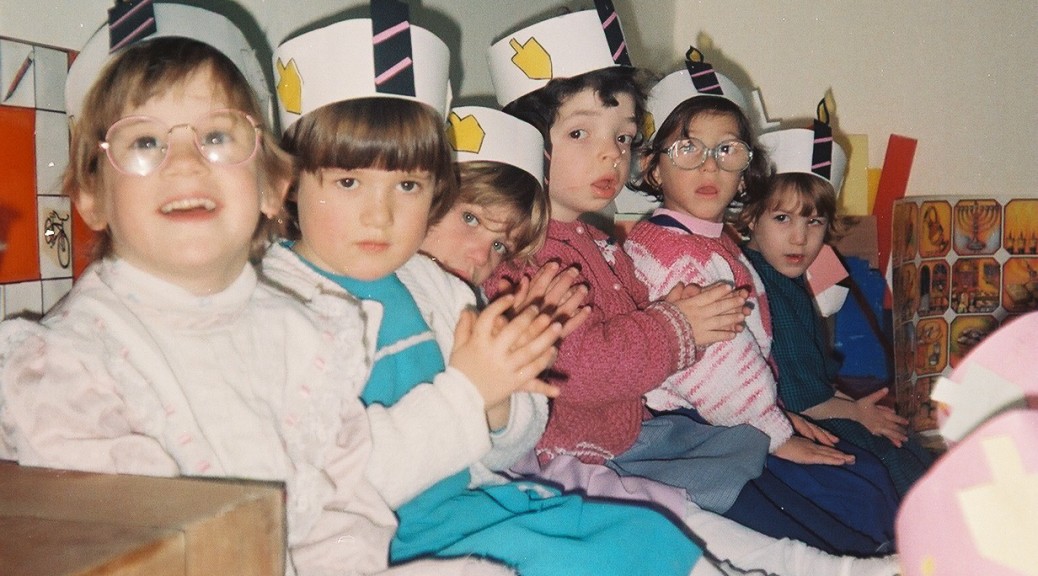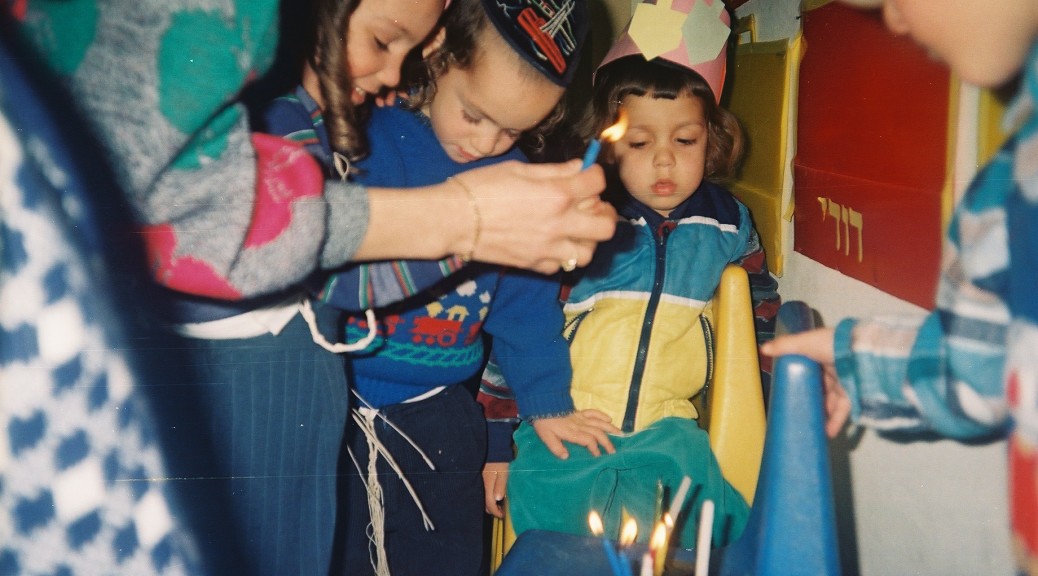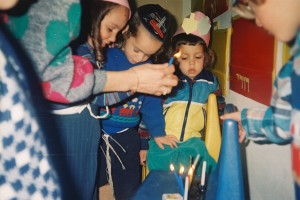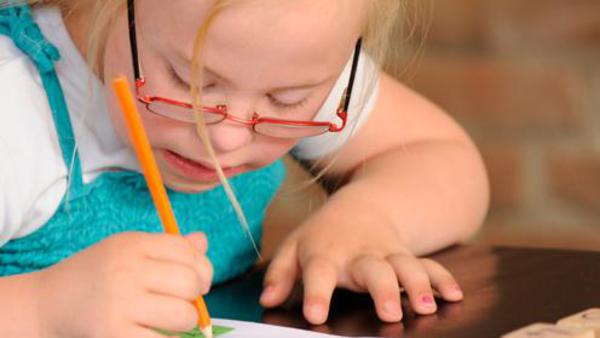Cerebral Palsy is a group of disorders that affect the central nervous system. These disorders may develop in the womb, or could be the result of an injury to the brain. Sufferers of CP have impaired hearing, vision and speech. Their balance, motor skills and muscle movement may also be impacted. In some instances, CP may result in the intellectual impairment of the individual. International awareness of the causes, as well as the current and potential treatments of cerebral palsy, is crucial to treating CP.
While there is no known cure for CP at this time, stem cell research offers great promise in the restorative therapeutic treatment of cerebral palsy. Efforts have been made by organizations like the Tikvah Layeled Foundation to increase awareness among the public about what the disorder is, how it is treated, how it may be prevented and how a cure may be developed through new advances and techniques.
Towards this goal, conferences and symposiums are held regularly so that some of the world’s leading authorities in the medical field can share their information and research on these types of disorders. Marketing campaigns are also a good way to get the message out about the prevention and research into the treatment of this disease.
While CP is not a progressive disease that worsens over time, it may be preventable, reversible and treatable. Research, resources, information and public awareness are all needed at an international level to help fight this debilitating disorder. Only through the efforts and hard work of organizations like the Tikvah Layeled Foundation, and others, will awareness of cerebral palsy on a worldwide level be achieved.














![c53d96467b409b61fb8d45cc133d03ef[1]](http://www.tikvahlayeled.org/blog/wp-content/uploads/2015/02/c53d96467b409b61fb8d45cc133d03ef1.jpg)


![2924ce76b55db8f8dd881ce0fd14c981[1]](http://www.tikvahlayeled.org/blog/wp-content/uploads/2015/02/2924ce76b55db8f8dd881ce0fd14c9811-600x576.png)



![8ef03b00becb1cda55bec8078e7eb779[1]](http://www.tikvahlayeled.org/blog/wp-content/uploads/2015/02/8ef03b00becb1cda55bec8078e7eb7791.jpg)







